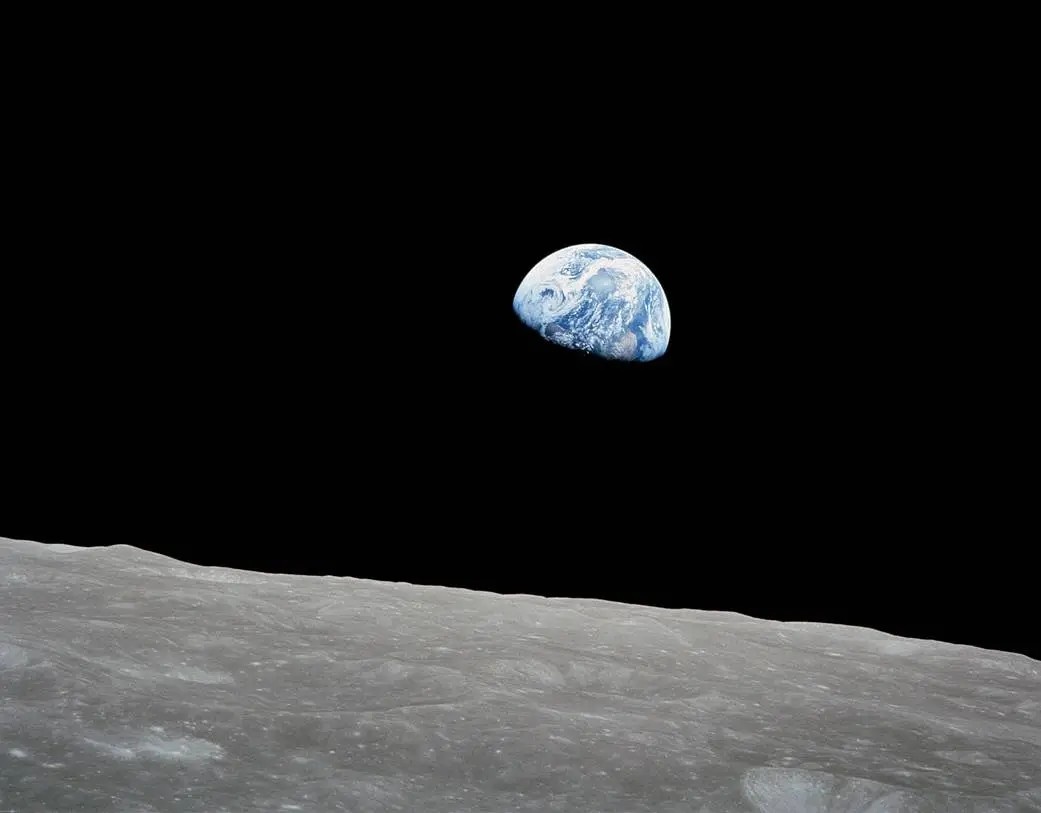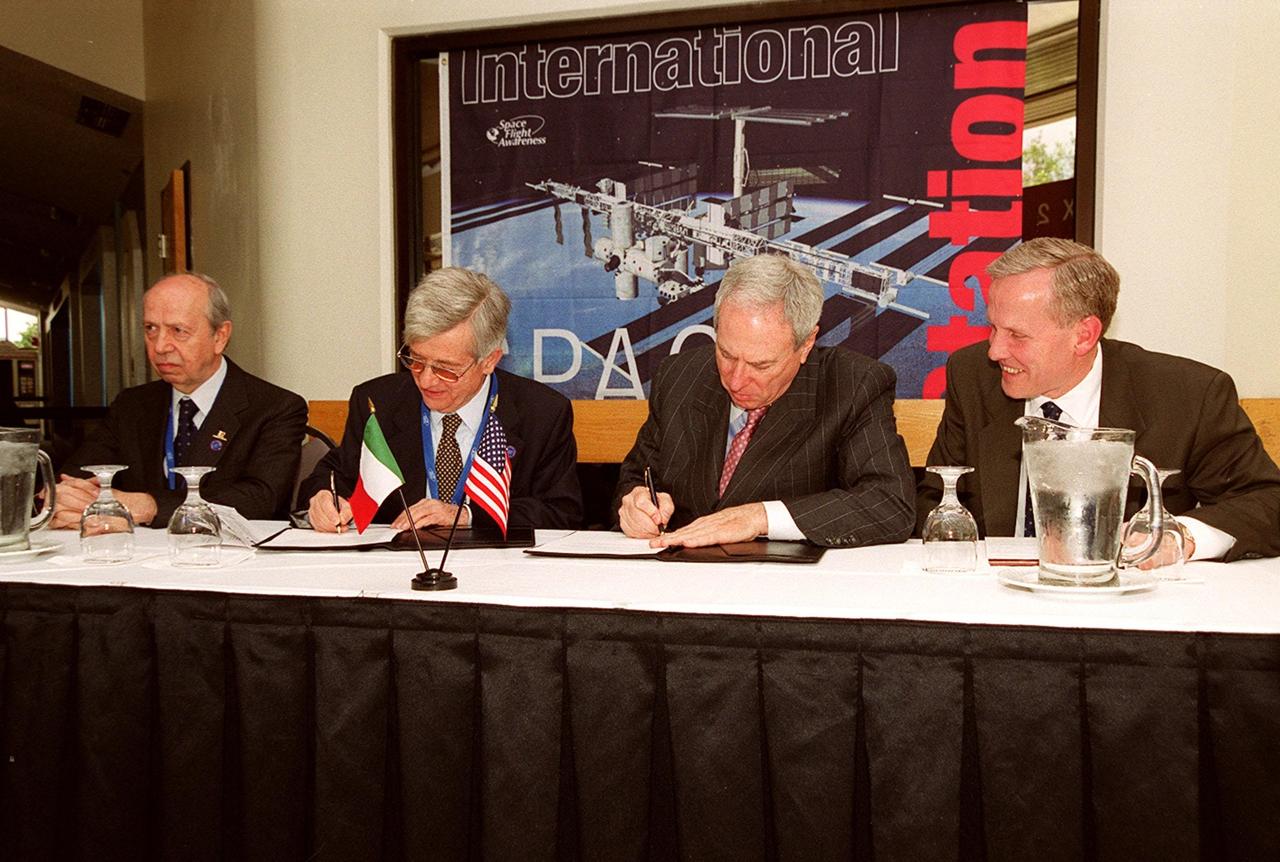Mining in space might sound light years away, but in reality, it’s a fast-approaching frontier in human industry. With the 21st-century space race heating up, spacefaring nations and private companies are actively eyeing the riches floating in outer space for in situ resource utilization.
But before we start drilling into celestial bodies, numerous pressing legal questions need to be addressed. This overview will walk through the existing legal instruments related to space mining efforts. We’ll highlight who’s signed on, what each says about using space resources, and how they shape (or limit) the future of space mining.
The Bedrock of Space Law: Key International Treaties
Although still underdeveloped, space law isn’t the Wild West, at least not completely. A framework of international agreements provides certain guidelines for space activities. These legal instruments, created through international organizations like the United Nations, shape what nations and businesses currently can and cannot do regarding outer space resources.
The Outer Space Treaty (1967)
Often called the “constitution of space law,” the 1967 Treaty on Principles Governing the Activities of States in the Exploration and Use of Outer Space, known as the Outer Space Treaty (OST), is the fundamental legal instrument governing outer space activities. It has been ratified by 100+ countries, including all major spacefaring nations (United States, Russia, China, Japan, etc.). It establishes core principles for space exploration, including:
- Peaceful Use & Benefit of All: Space exploration “shall be carried out for the benefit and in the interests of all countries” and is the “province of all mankind”. Outer space is free for exploration and use by all states on an equal basis for peaceful purposes.
- No National Appropriation: Article II of the OST explicitly states that nations cannot claim sovereignty over the Moon or other celestial bodies by use, occupation, or any other means. This provision prevents a land-grab scenario where a country could claim one as its own.
- Responsiblity for Non-Governmental Actors: Article VI makes states internationally responsible for all space activities conducted by their agencies or private companies, meaning they must supervise and authorize, ensuring all abide by the treaty.
The Moon Agreement (1979)

The Moon Agreement (formally, the Agreement Governing the Activities of States on the Moon and Other Celestial Bodies) attempted to expand on the OST back in 1979 by declaring the Moon and its resources as the “common heritage of mankind,” implying that they shouldn’t belong to any one country or entity but rather to all humanity collectively, with all countries sharing in the benefits.
This treaty, however, has limited support. As of 2025, just 17 states are parties to the Moon Agreement, and none of the major spacefaring nations have ratified it, citing concerns that it would hinder commercial development, rendering it largely ineffective. The treaty raised fears that any company or country that invests in space mining might not be allowed to profit from it, or could be subject to international redistribution of those profits, with legal uncertainty that would deter private investment.
The US government, for example, rejected the Moon Agreement in 2020, by stating that “the United States does not consider the Moon Agreement to be an effective or necessary instrument to guide nation states regarding the promotion of commercial participation” in lunar exploration and resource use, announcing it will “object to any attempt…to treat the Moon Agreement as…customary international law.” The U.S. doesn’t want the Moon Agreement’s rules to be seen as binding on countries that never agreed to them.
Because of such objections, the Moon Agreement today hangs as a minor instrument: it’s in force for its few parties (like Australia, Luxembourg, and some others), but absent buy-in from the major nations, it has not established a universally accepted framework. Many in the space community view it as a well-intentioned but failed effort.
Artemis Accords (2020)
In the 2020s, as plans for returning to the Moon accelerated, a new set of principles appeared. The Artemis Accords, a collection of bilateral commitments led by NASA, seek to establish principles for sustainable outer space activities. A key aspect of the accords is the concept of safety zones – designated areas to prevent harmful interference between different nations’ space operations.
While not legally binding under international space law these accords represent a growing consensus on how to manage the future of space mining efforts and carry political weight. By signing, countries signal how they interpret space law and how they will behave. NASA has indicated that as more nations adopt these practices, they could “calcify norms into international law” over time through state practice.
While not everyone is on board (China and Russia’s absence is a major gap), the Accords have become a de facto framework among a majority of space nations.
Who has (and hasn’t) signed?
By early 2025, more than 50 countries have signed on, including most major U.S. allies and spacefaring nations such as Japan, Canada, the UK, France, Germany, Italy, Australia, South Korea, Brazil, and others. Notably, Luxembourg, the UAE, and Japan – countries with space resource laws – are also signatories. However, the notable holdouts are China and Russia, who have not joined the Accords.
These two have openly opposed the Accords, arguing that the U.S.-led initiative might undermine the UN’s role and international law. For instance, Chinese state media criticized the Accords as a unilateral “enclosure movement” – likening it to colonial-era land grabs – and suggested the U.S. is pursuing “colonization and claiming sovereignty over the moon” under the pretext of cooperation.
National Regulations and Laws

While international space law principles provide a foundation, they don’t explicitly address commercial space mining operations. This has led countries to create their domestic space laws, attempting to regulate the commercial exploration and exploitation of space resources. In the last decade, several countries passed landmark legislation to facilitate commercial space resource exploitation while staying consistent with the Outer Space Treaty.
The U.S. 2015 Space Resource Law
The United States took the lead with Congress passing the Commercial Space Launch Competitiveness Act (CSLCA), also known as the Space Act of 2015. This law states that U.S. citizens and companies have rights over space resources they obtain, effectively legalizing asteroid resource mining for American businesses. While it avoids direct national appropriation, to ensure this doesn’t conflict with the OST, it raises the issue of appropriation by claim (discussed below).
Luxembourg’s 2017 Space Resources Law
Following the U.S., Luxembourg, a tiny European nation with big space ambitions, became the first country in Europe to enact a space mining law granting companies the right to extract and own space resources. With a strong focus on commercial space mining operations, Luxembourg has positioned itself as a hub for space resource businesses.
Like the U.S., Luxembourg set up a licensing regime to fulfill its OST obligations. Companies cannot simply go mining on their own but must obtain a government license from the Ministry of Economy to engage in space activities. The clear recognition of ownership is intended to give investors confidence, much as property rights on Earth do, while the licensing ensures the state can oversee and prevent any treaty breaches.
United Arab Emirates’ 2019 National Space Law

The UAE joined the space-resources club with its comprehensive Federal Law on the Regulation of the Space Sector, which covers all space activities in the UAE, including provisions regarding space resource utilization. Under the UAE’s framework, local or UAE-licensed entities are allowed to explore, extract, and use space resources – again, subject to government authorization and oversight.
Like the U.S. and Luxembourg, the UAE ties this to a licensing system: all space resource activities (from prospecting to extraction) must be licensed by the UAE Space Agency. The UAE was inspired to develop its space law as it expands its space sector (the UAE has a Mars probe and moon rover program) and seeks to attract global space business.
Japan: 2021 Space Resources Act
Japan became the fourth country with a dedicated space mining law in 2021 with the Act on the Promotion of Business Activities Related to the Exploration and Development of Space Resources. Article 5 of the law explicitly confers ownership of the mined materials to the extractor, once the extraction is done under an approved plan.
Japan’s law similarly requires a permit for any space resource extraction activity by local entities, with the process integrated with the county’s existing satellite launch licensing system to ensure comprehensive oversight. Japan’s law also mentions working toward internationally harmonized systems, reflecting that the country passed the law not to go rogue, but to complement international efforts.
Other Developments & International Law Considerations
It’s worth noting that other countries are considering similar laws. For example, Belgium and Australia (two Moon Agreement parties) have been exploring how to reconcile that with supporting commercial mining, and China is reportedly drafting its own space law which may address resource use (though details are not public). Meanwhile, the topic is actively being discussed in the United Nations Committee on Peaceful Uses of Outer Space (COPUOS).
In 2022, COPUOS set up a Working Group on the Legal Aspects of Space Resource Activities with a five-year mandate to study and propose norms or “best practices” for space mining. The goal isn’t necessarily a new treaty, but possibly non-binding guidelines or an understanding that bridges the differing views, with the aim of finding common ground by 2027.
So, Is It Legal to Mine In Space? Key Takeaways from Current Legal Implications

Because private companies weren’t a major factor in 1967, the treaty left a gray area – the OST does not explicitly mention the extraction of space resources. It bans ownership of celestial territory but is silent on owning materials that are removed from their natural place.
But, the prevailing interpretation and current legal consensus among leading space nations is that extracting and using space resources is not prohibited by international law, so long as no sovereign claims are made on the celestial body itself. There is no world government to say “no,” and no international court has ruled otherwise.
The Artemis Accords and national laws reinforce this view, however, all such activities must be conducted under the supervision of a nation state (per OST) and with due regard to others in order to conform to the provisions of the Treaty. This has led nations to develop licensing regimes to supervise space resource ventures in compliance with the OST.
Legal Gray Areas: Challenges & Controversies Yet to Be Solved
The big, yet-to-be-resolved legal issues lie in the details.
The Issue of Appropriation
The biggest legal questions surrounding space mining revolve around: does mining = appropriation? If a company or nation can extract space resources, does that give them de facto ownership? While the OST bans national appropriation, it doesn’t explicitly prohibit space resource extraction, leaving room for interpretation.
Some states fear that taking resources is equivalent to asserting sovereignty, which the OST prohibits. Others counter that extracting resources is like fishing in international waters – you’re not claiming the ocean, just using its fish. This issue is a still a key gray zone that needs to be addressed.
Potential for Conflict

This legal ambiguity has also raised concerns about the potential for conflict. What happens if two companies target the same asteroid? What if one country objects to another’s activities on the Moon? Without clear dispute settlement mechanisms, space mining could become a legal battleground.
For now, the approach is ad hoc: coordination through “safety zones” and information sharing (per Artemis Accords) and reliance on goodwill. If a dispute arises, there’s no international authority or court for resolving disputes over space mining claims. The OST states nations should avoid harmful interference and consult with each other, but there’s no detailed dispute resolution mechanism.
Thus, it would fall back to diplomatic talks or maybe liability claims under the Liability Convention, making it another area that will require international coordination or agreements in the future.
Exclusive Rights and Safety Zones
To prevent disputes, the creation of safety zones, as proposed in the Artemis Accords, could help regulate commercial activities and establish norms for mining operations to prevent interference. Conceptually, this is like having a work site that others agree not to tamper with. However, critics ask whether a safety zone could become an implicit land claim. How large can it be? How long can it last?
Moving forward, these details will need to be ironed out so that safety measures don’t turn into de facto ownership, challenging the principles of international space law. As of now, no formal international law defines how such zones work; it’s handled by mutual agreements and understanding among the actors involved.
Benefit Sharing vs. Free Enterprise
The philosophical debate continues over whether space resources should be treated as the common heritage of humankind (meaning their benefits should be shared broadly, as the Moon Agreement envisions) or whether a free-market approach (finders keepers, with oversight) is best. Developing countries and some experts argue for some form of equitable sharing so that space riches don’t only advantage a few wealthy nations.
On the other hand, space-faring nations argue that without the incentive of ownership, companies won’t invest in the huge cost of space mining, so recognizing property rights is essential to make it viable. This issue remains unresolved at the international level – it’s a core reason the Moon Agreement stalled, and why the topic is being revisited in forums like COPUOS. Future negotiations might seek a middle ground, but as of 2025, nothing exists yet.
Where Do We Go from Here?

Space mining law, just like the space mining industry itself, is still evolving. For now, the foundational treaties provide some broad principles as a rule of thumb: You can mine it and you can own it, but you can’t own where it came from, and you must do it with respect for others and for space law. All stakeholders acknowledge that clearer global rules would help avoid conflicts and ensure everyone abides by common standards.
Newer agreements like Artemis flesh out mining norms, and national legislations are paving the way for companies to actually invest in missions by guaranteeing their rights to the fruits of their off-world labor. Moving forward, international organizations and spacefaring nations must work together to refine laws. Efforts are underway, but until then, space mining exists in a kind of legal frontier.
As space mining shifts from theory to reality in the coming years, legal frameworks must evolve to keep up with technological advancements and ambitions in space mining. Whether that future unfolds smoothly or with legal battles remains to be seen. The race for outer space resources has begun, and the laws or cooperative agreements governing them will be critical in determining how fairly and sustainably we reach for the stars, ultimately shaping the future of space mining.